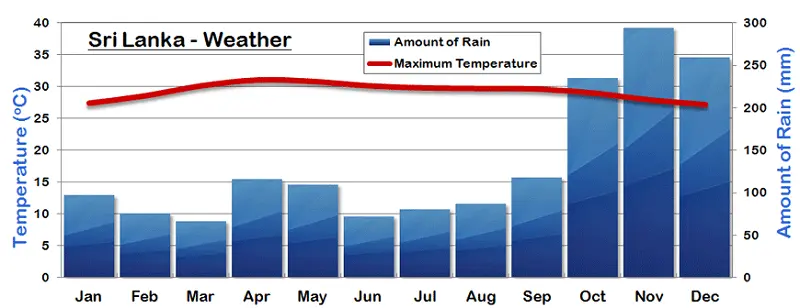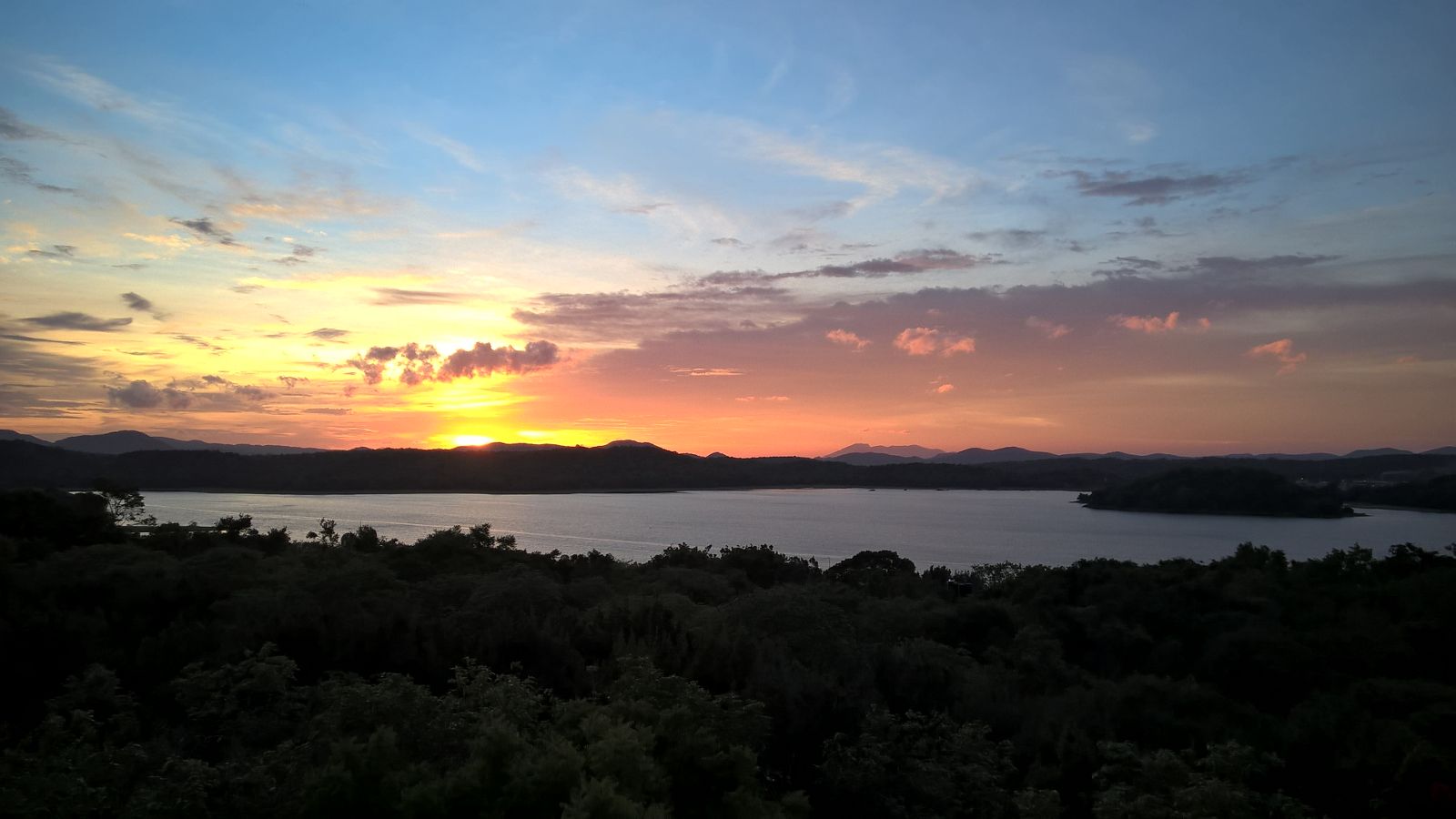Sri Lanka Country Information
Sri Lanka, Lying off the southern tip of India, the tropical island of Sri Lanka has attracted visitors for centuries with its natural beauty.
Sri Lanka, formerly known as Ceylon, and officially the Democratic Socialist Republic of Sri Lanka, is an island country in South Asia. It lies in the Indian Ocean, southwest of the Bay of Bengal, and southeast of the Arabian Sea. it is separated from the Indian subcontinent by the Gulf of Mannar and the Palk Strait, but shares a maritime border with the Indian state of Tamil Nadu. Sri Jayawardenepura Kotte is its legislative capital, and Colombo is its largest city and financial centre.
The country was known as Ceylon until 1972. Today, this name is only used for the tea that comes from Sri Lanka. Along with rubber, diamonds, rubies, coconuts, textiles and clothing, these are among the country's main exports.
Sri Lanka, despite its small size, has a rich biodiversity distributed within a wide range of ecosystems,ranging from rainforests to grasslands, rivers, wetlands and freshwater bodies and coastal and marine ecosystems. In terms of plant species diversity there are over 3,800 species of flowering plants of which 23 percent are endemic. Similarly, a rich faunal diversity exists with high endeminism. Available information shows that Sri Lanka's biodiversity per unit of land area is among the highest in South Asia.
Sri Lanka, formerly known as Ceylon, and officially the Democratic Socialist Republic of Sri Lanka, is an island country in South Asia. It lies in the Indian Ocean, southwest of the Bay of Bengal, and southeast of the Arabian Sea. it is separated from the Indian subcontinent by the Gulf of Mannar and the Palk Strait, but shares a maritime border with the Indian state of Tamil Nadu. Sri Jayawardenepura Kotte is its legislative capital, and Colombo is its largest city and financial centre.
The country was known as Ceylon until 1972. Today, this name is only used for the tea that comes from Sri Lanka. Along with rubber, diamonds, rubies, coconuts, textiles and clothing, these are among the country's main exports.
Sri Lanka, despite its small size, has a rich biodiversity distributed within a wide range of ecosystems,ranging from rainforests to grasslands, rivers, wetlands and freshwater bodies and coastal and marine ecosystems. In terms of plant species diversity there are over 3,800 species of flowering plants of which 23 percent are endemic. Similarly, a rich faunal diversity exists with high endeminism. Available information shows that Sri Lanka's biodiversity per unit of land area is among the highest in South Asia.
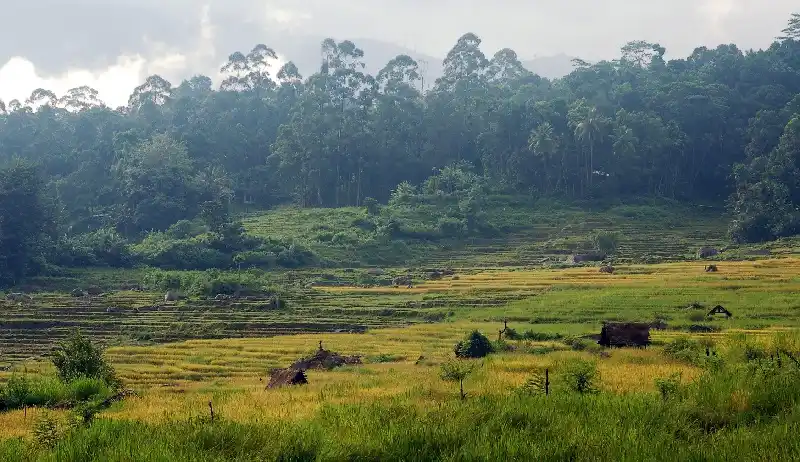
Democratic Socialist Republic of Sri Lanka
Population
21.2 million
Area
65,610 sq km
Major languages
Sinhala, Tamil, English
Currency
Sri Lankan rupee (LKR)
The early modern period of Sri Lanka begins with the arrival of Portuguese soldier and explorer Lourenço de Almeida, the son of Francisco de Almeida, in 1505. In 1517, the Portuguese built a fort at the port city of Colombo and gradually extended their control over the coastal areas. In 1592, after decades of intermittent warfare with the Portuguese, Vimaladharmasuriya I moved his kingdom to the inland city of Kandy, a location he thought more secure from attack. In 1619, succumbing to attacks by the Portuguese, the independent existence of the Jaffna kingdom came to an end.
During the reign of the Rajasinha II, Dutch explorers arrived on the island. In 1638, the king signed a treaty with the Dutch East India Company to get rid of the Portuguese who ruled most of the coastal areas. The following Dutch–Portuguese War resulted in a Dutch victory, with Colombo falling into Dutch hands by 1656. The Dutch remained in the areas they had captured, thereby violating the treaty they had signed in 1638. The Burgher people, a distinct ethnic group, emerged as a result of intermingling between the Dutch and native Sri Lankans in this period.
The Kingdom of Kandy was the last independent monarchy of Sri Lanka. In 1595, Vimaladharmasurya brought the sacred Tooth Relic – the traditional symbol of royal and religious authority amongst the Sinhalese – to Kandy, and built the Temple of the Tooth. In spite of on-going intermittent warfare with Europeans, the kingdom survived. Later, a crisis of succession emerged in Kandy upon king Vira Narendrasinha's death in 1739. He was married to a Telugu-speaking Nayakkar princess from South India (Madurai) and was childless by her.
Eventually, with the support of bhikku Weliwita Sarankara, the crown passed to the brother of one of Narendrasinha's princesses, overlooking the right of "Unambuwe Bandara", Narendrasinha's own son by a Sinhalese concubine. The new king was crowned Sri Vijaya Rajasinha later that year. Kings of the Nayakkar dynasty launched several attacks on Dutch controlled areas, which proved to be unsuccessful.
During the reign of the Rajasinha II, Dutch explorers arrived on the island. In 1638, the king signed a treaty with the Dutch East India Company to get rid of the Portuguese who ruled most of the coastal areas. The following Dutch–Portuguese War resulted in a Dutch victory, with Colombo falling into Dutch hands by 1656. The Dutch remained in the areas they had captured, thereby violating the treaty they had signed in 1638. The Burgher people, a distinct ethnic group, emerged as a result of intermingling between the Dutch and native Sri Lankans in this period.
The Kingdom of Kandy was the last independent monarchy of Sri Lanka. In 1595, Vimaladharmasurya brought the sacred Tooth Relic – the traditional symbol of royal and religious authority amongst the Sinhalese – to Kandy, and built the Temple of the Tooth. In spite of on-going intermittent warfare with Europeans, the kingdom survived. Later, a crisis of succession emerged in Kandy upon king Vira Narendrasinha's death in 1739. He was married to a Telugu-speaking Nayakkar princess from South India (Madurai) and was childless by her.
Eventually, with the support of bhikku Weliwita Sarankara, the crown passed to the brother of one of Narendrasinha's princesses, overlooking the right of "Unambuwe Bandara", Narendrasinha's own son by a Sinhalese concubine. The new king was crowned Sri Vijaya Rajasinha later that year. Kings of the Nayakkar dynasty launched several attacks on Dutch controlled areas, which proved to be unsuccessful.
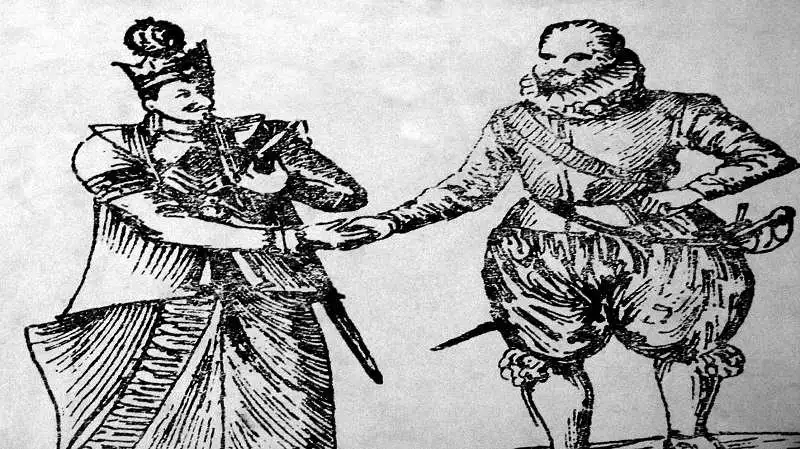
Most of Sri Lanka’s 20.4 million people live in the southwest and centre of the island, three-quarters of them in rural areas. The largest cities include Colombo (the capital), Kandy, Galle and Jaffna. Sri Lankans include Sinhalese and Tamils, as well as Moors and smaller numbers of Burghers and Malays. The Tamils live mainly on the Jaffna peninsula in the north. Sinhala (74%) and Tamil (18%) are the two national languages, while English is widely used in urban areas as a “link language”. Most Sinhalese are Buddhists and most Tamils are Hindus; about six percent of Sri Lankans are Christians and seven percent are Muslims.
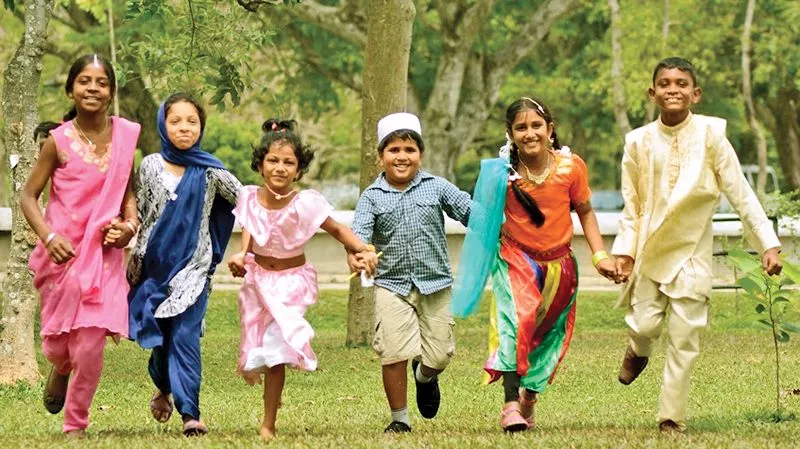
The climate is tropical and warm, because of moderating effects of ocean winds. Mean temperatures range from 17 °C in the central highlands, where frost may occur for several days in the winter, to a maximum of 33 °C in other low-altitude areas. Average yearly temperatures range from 28 °C to nearly 31 °C. Day and night temperatures may vary by 14 °C to 18 °C.
The rainfall pattern is influenced by monsoon winds from the Indian Ocean and Bay of Bengal. The "wet zone" and some of the windward slopes of the central highlands receive up to 2,500 millimetres of rain each year, but the leeward slopes in the east and northeast receive little rain. Most of the east, southeast, and northern parts of Sri Lanka comprise the "dry zone", which receives between 1,200 and 1,900 mm of rain annually.
The arid northwest and southeast coasts receive the least amount of rain at 800 to 1,200 mm per year. Periodic squalls occur and sometimes tropical cyclones bring overcast skies and rains to the southwest, northeast, and eastern parts of the island. Humidity is typically higher in the southwest and mountainous areas and depends on the seasonal patterns of rainfall. An increase in average rainfall coupled with heavier rainfall events has resulted in recurrent flooding and related damages to infrastructure, utility supply and the urban economy.
The rainfall pattern is influenced by monsoon winds from the Indian Ocean and Bay of Bengal. The "wet zone" and some of the windward slopes of the central highlands receive up to 2,500 millimetres of rain each year, but the leeward slopes in the east and northeast receive little rain. Most of the east, southeast, and northern parts of Sri Lanka comprise the "dry zone", which receives between 1,200 and 1,900 mm of rain annually.
The arid northwest and southeast coasts receive the least amount of rain at 800 to 1,200 mm per year. Periodic squalls occur and sometimes tropical cyclones bring overcast skies and rains to the southwest, northeast, and eastern parts of the island. Humidity is typically higher in the southwest and mountainous areas and depends on the seasonal patterns of rainfall. An increase in average rainfall coupled with heavier rainfall events has resulted in recurrent flooding and related damages to infrastructure, utility supply and the urban economy.
